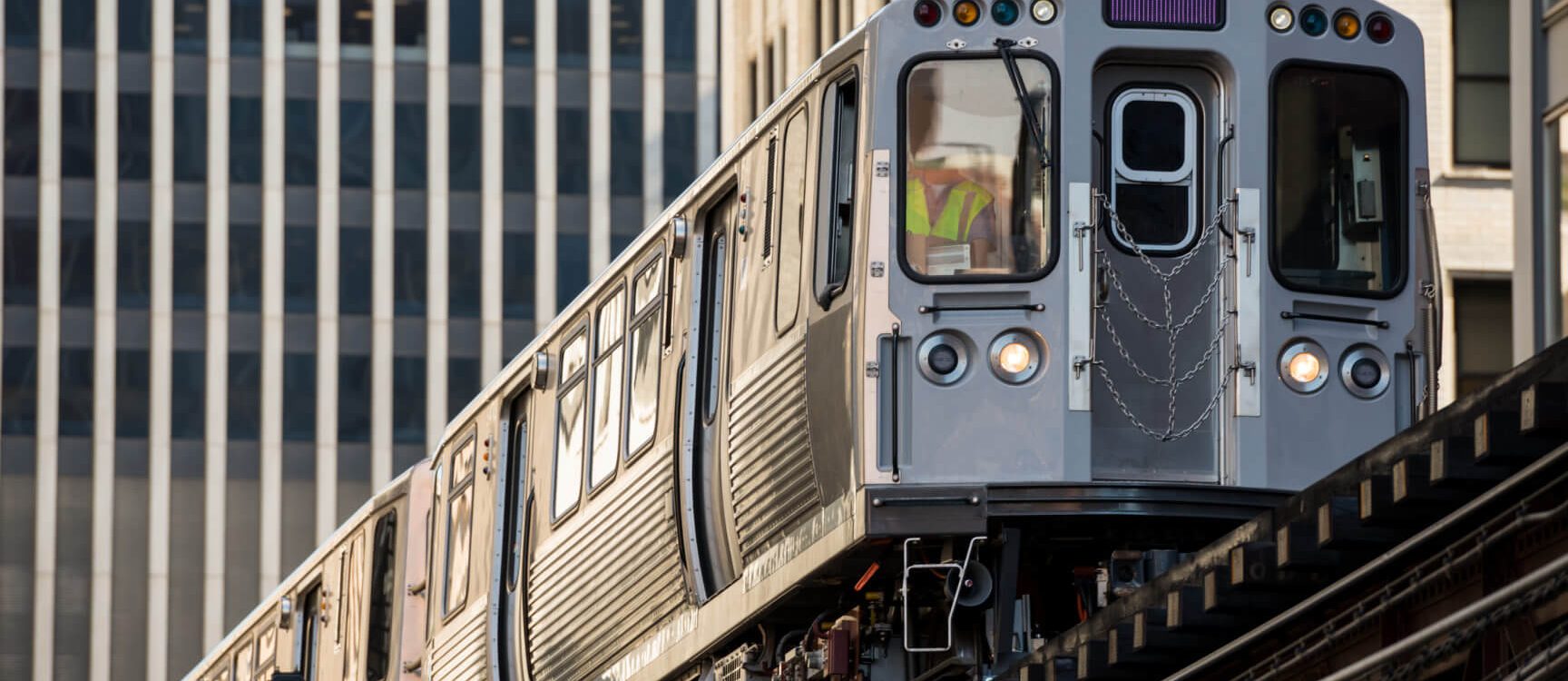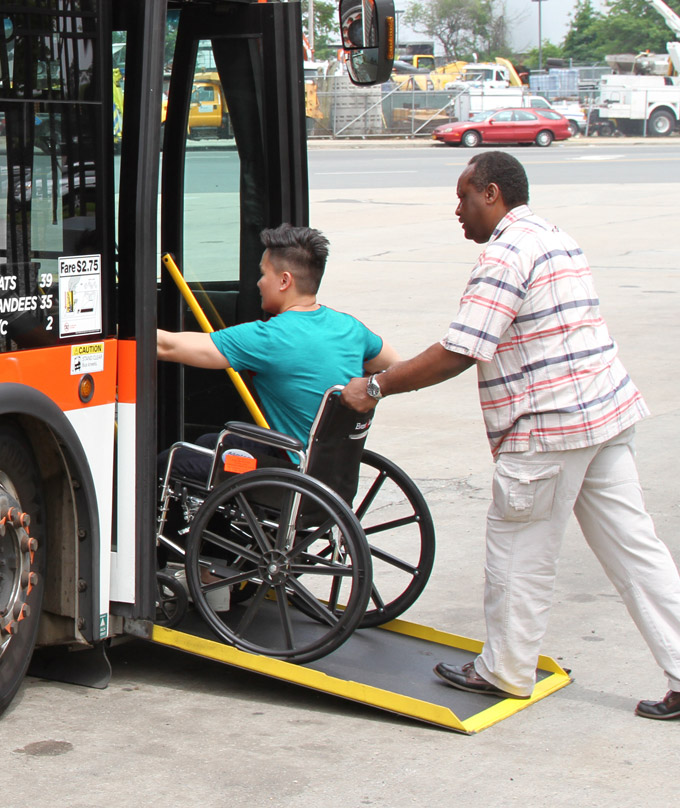September 20, 2022
RailChanging passenger expectations require transit agencies to get ‘Clever’ with solutions
By John Santamaria, Senior Vice President, Rail
Originally featured in Mass Transit
Intelligent transportation systems offer agencies a chance to enhance passenger experiences by delivering more accurate information.
1. Uninterrupted access to real-time information is commonplace in today’s world. Thirty years ago, transit providers were expected to transport the public from A to B safely, but riders expect more today. As expectations continue to evolve, how can the rail industry position itself to be sure to deliver, especially when many rail cars are 20-30 years old?
Features like real-time disruption updates, the latest news/sports/weather, information on multi-modal connection points and onboard Wi-Fi that were once options are now expected by customers. Likewise, transit agencies are currently seeking as much operational information as possible with respect to onboard diagnostics, passenger count/loading and schedule adherence throughout various times of the day.
These enhancements are seamlessly included in the technical specifications for new vehicle procurements but addressing train cars currently in service requires a strategic approach. The average life span of a train car exceeds 40 years. Onboard system overhauls are typically scheduled 12-15 years from the point of new vehicle acceptance, often providing at least two opportunities for system upgrades or additions to be addressed. It’s important for transit agencies to engage with engineering teams and consultants to define the improvements and upgrades they’d like to make to their aging rail cars three to five years before the vehicle’s scheduled overhaul to make the most of each opportunity for upgrades. This allows ample time for the agency to create the necessary technical specifications, system qualification testing, procurement and award timeframes ahead of implementation.
2. Agencies are focused on delivering more features than ever while operating under constrained budgets. What can agencies do to increase their efficiency while providing a more feature-heavy experience to riders?
Agencies operating under a constrained budget may want to take advantage of new improvements in technology like onboard passenger signage, which can now provide a feature-heavy rider experience while generating revenue for the agency.
Infotainment signs can now utilize geolocation and spatial passenger information to display targeted advertisements onboard, creating a new revenue stream for the agency. These signs shift from a direct fixed-cost asset to a revenue-generating source when amortized over a 10-year lifespan. In addition, using digital infotainment signs eliminates the need for wasteful printed advertisement signs, frees up interior room onboard and creates a better passenger experience.
3. There has been an emphasis on increased sustainability throughout the industry. We’re now seeing a shift towards battery-electric vehicles in particular. How can Clever Devices’ experience and technology contribute here?
In bus applications, there are several concerns with battery electric vehicles, including range anxiety, the potential of creating a roadway obstruction due to a stalled vehicle, operator behavior and accurate vehicle diagnostics. Clever Devices understands these concerns and has developed an Electric Vehicle Monitoring System (EVMS) for the bus sector in response to the needs of our customers that are introducing battery electric vehicles.
As rail vehicles with battery-electric technology emerge into the market, lessons learned from developing a bus-centric EVMS solution can be integrated and refined to meet the needs of the rail operating environment. Factors such as vehicle weight, track grade, weather and location-dependent climatic operating environments can significantly affect the vehicle’s battery performance. These specific parameters must be considered when designing an electric vehicle monitoring system, as there is no one size fits all solution.
4. How does being a multi-modal ITS provider since 1994 inform Clever Devices’ approach to solving some of the pain points in passenger rail today?
Historically, rail and bus have been two very distinct worlds, with only some traditional light-rail entities bridging the gap. Clever Devices has experience with and a deep understanding of each mode of public transportation. This has become increasingly valuable as agencies face a changing passenger demographic demanding seamless road/rail integration and a superior ridership experience. Clever Devices’ undisputed leadership in the ITS market in North America, combined with our additional staffing of established rail professionals, makes us well-positioned for the revolutionary changes forthcoming in the passenger rail industry.


